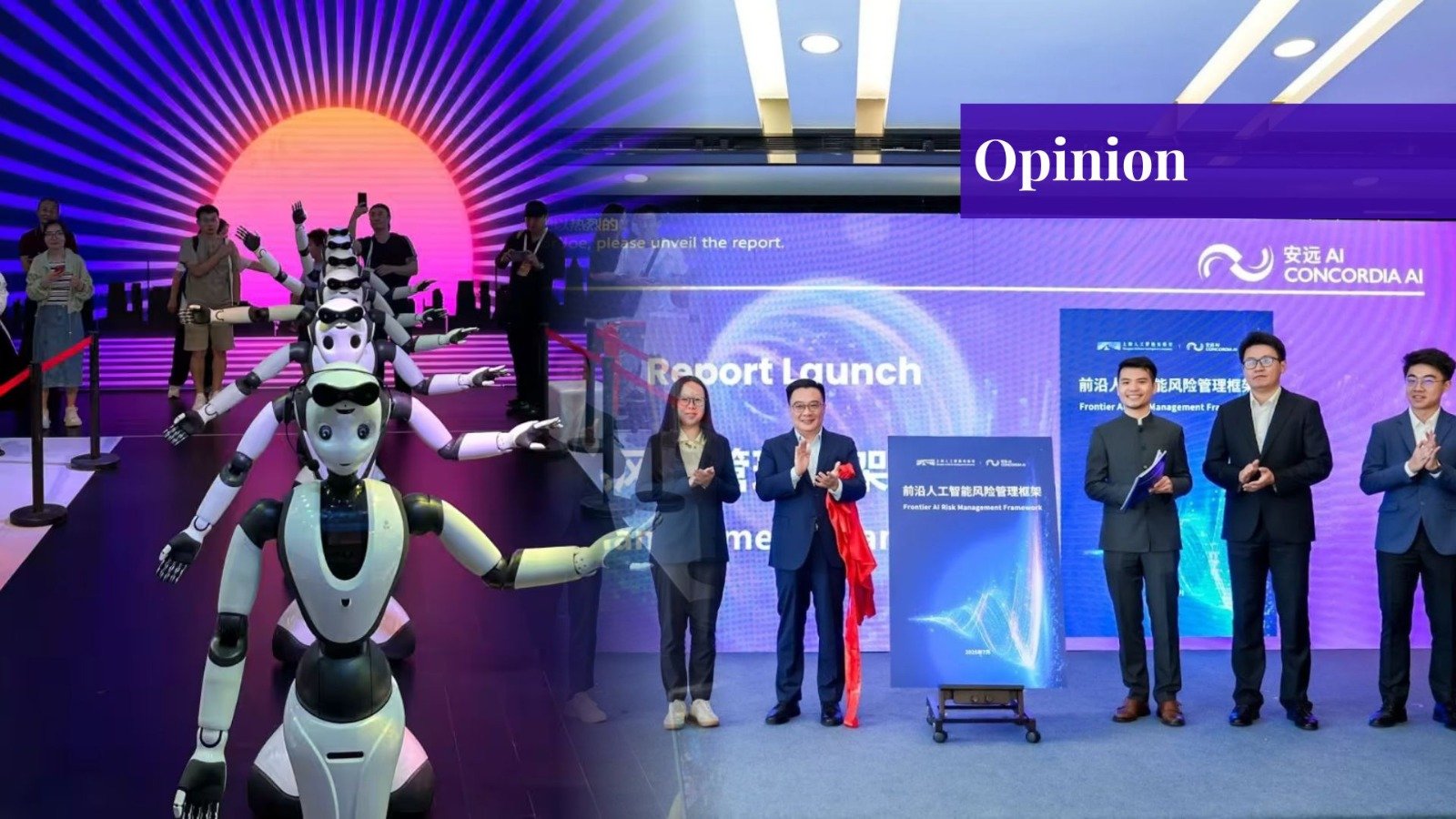The Strategic Context
At the opening ceremony of the World AI Conference 2025 in Shanghai, Chinese Premier Li Qiang proposed establishing the World AI Cooperation Organization (WACO). The goal of such an organization would be to make AI governance more open, inclusive, and collaborative.
The concept of WACO matches the core spirit of the UN’s multilateralism. Constructivism suggests that global AI norms are framed through China’s strategic and ideological framework (development, state sovereignty, and non-interference). From a realist perspective, the proposed organization serves China’s ambition to transition from a tech player to a tech rule-maker. Being non-Western-centric and inclusive, it could strongly appeal to the Global South. Additionally, the proposal challenges the Western regulatory leadership, such as Biden’s Executive Order and the EU-led AI Act.
This WACO could counterweight Western AI governance bodies, OECD AI principles, and the G7 Hiroshima AI Process. This geopolitical move could expand China’s soft power in the field of AI governance.
China’s Framing: Open-Source, Global South-Focused
Through the lens of Liberal Institutionalism, China’s framing of WACO as an AI collaboration platform, where it would be an open source for Global South nations to develop equitable AI. Through this platform, developing countries would have access to AI technologies for climate change, urban planning, agriculture, and health.
For instance, the MAZU-Urban AI weather system introduced a free AI-powered urban resilience tool in Mongolia and Djibouti. The tool helps track weather anomalies and helps with climate adaptation, symbolizing China’s intention to position AI as a public good rather than a commercial asset.
This example also helps China differentiate WACO from commercial or restrictive Western frameworks. For collective development, China uses global institutions to advance its normative vision of AI as per the constructivist viewpoint.
Strategic Drivers Behind China’s Push
Several strategic drivers motivate China to lead AI collaboration. Before China’s proposal of WACO, Western AI governance was dominant. The West-led structures are frequently criticized for being restrictive and exclusive frameworks—for instance, the US Executive Order on AI (Oct 2023) and the EU AI Act. Conversely, China aspires to reshape AI norms that are more flexible, inclusive, and development-focused while maintaining mutual respect for sovereignty. Realists see this as a balancing strategy of China against the Western-led AI system.
One of the assumptions of Institutional theory suggests that when prominent institutions are lacking, new institutions are formed to fill the vacuum. Likewise, the most significant multilateral institution, the UN, has an AI advisory body that lacks enforcement force and is slow and fragmented. The gaps left by the UN allow China to present WACO as a more focused, agile alternative.
Finally, WACO aligns perfectly with China’s Digital Silk Road, which expands AI infrastructure across Asia, Africa, and Latin America. By doing so, China positions itself as a standard-setter in techno-globalization 2.0 in areas such as smart cities, AI ethics, etc. This stance of China aligns with the principles of technopolitical strategy.
Opportunities and Challenges
Unlike the UN, where bureaucratic delays are caused by to appointment of envoys, WACO has a sharp focus on AI, attracting countries wanting faster tech governance. Institutionalists would view WACO’s principles of inclusivity as an appealing alternative to nations often excluded by the G7, OECD, or US-EU initiatives. If sustained well, this could also result in deep partnerships beyond diplomacy.
In contrast, a few factors could also limit its credibility. China’s use of AI for mass surveillance (in Xinjiang), as reported by the BBC, raises questions regarding human rights concerns. At this point, Constructivists would argue that domestic AI practices can affect China’s efforts to build global AI leadership. Because, for constructivists, reputation and identity are vital for institutional legitimacy.
Consistent competition between WACO and Western structures might hamper the innovative approach of WACO and make it geopolitically constrained due to Western non-participation (the US, EU, or Japan). For instance, realists might overlook WACO as a bridge and instead see it as a strategic counterweight for technological dominance, resulting in an inevitable rivalry.
AI as a Strategic Tool
In the 21st century, AI is considered a strategic technology and holds geopolitical weight like nuclear or space tech. It can influence everything, including economic competitiveness, national security, and social control. In such a strategic domain, the absence of unified global AI standards can risk chaos, such as the fragmented AI ecosystem involved in the AI arms race. The incompatibility of this ecosystem might end up increasing cyber vulnerabilities, disrupting global trade, and innovation. Therefore, the international community must find common ground through WACO, the UN, or a hybrid framework before fragmentation becomes irreversible. The major challenge now is aligning values in an increasingly fragmented world.
Above all, the success of WACO depends on the context. For instance, if WACO offers genuine multilateral participation, it could achieve what the UN has struggled to deliver. Otherwise, it might further divide the AI norms, standards, and power blocs.
If you want to submit your articles and/or research papers, please visit the Submissions page.
To stay updated with the latest jobs, CSS news, internships, scholarships, and current affairs articles, join our Community Forum!
The views and opinions expressed in this article/paper are the author’s own and do not necessarily reflect the editorial position of Paradigm Shift.
Ramsha is currently pursuing Mphil in Strategic Studies at NDU. She is an early-career researcher focused on China's geopolitical role in South Asia and its Strategic Partnerships. She has also worked with several think tanks, such as TDI, Batieghar, ACRS, IPS etc.



